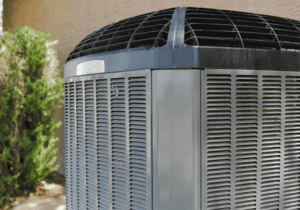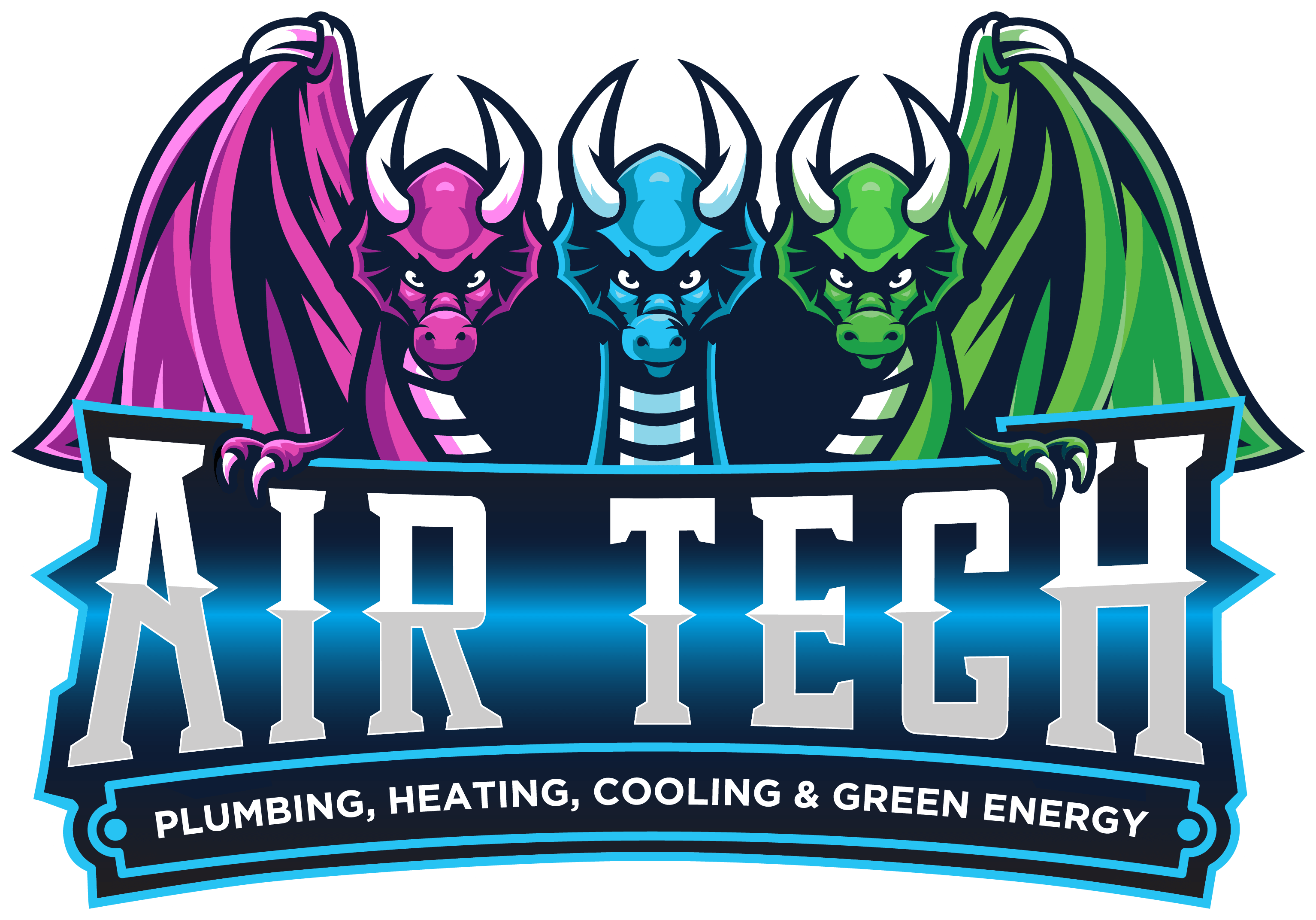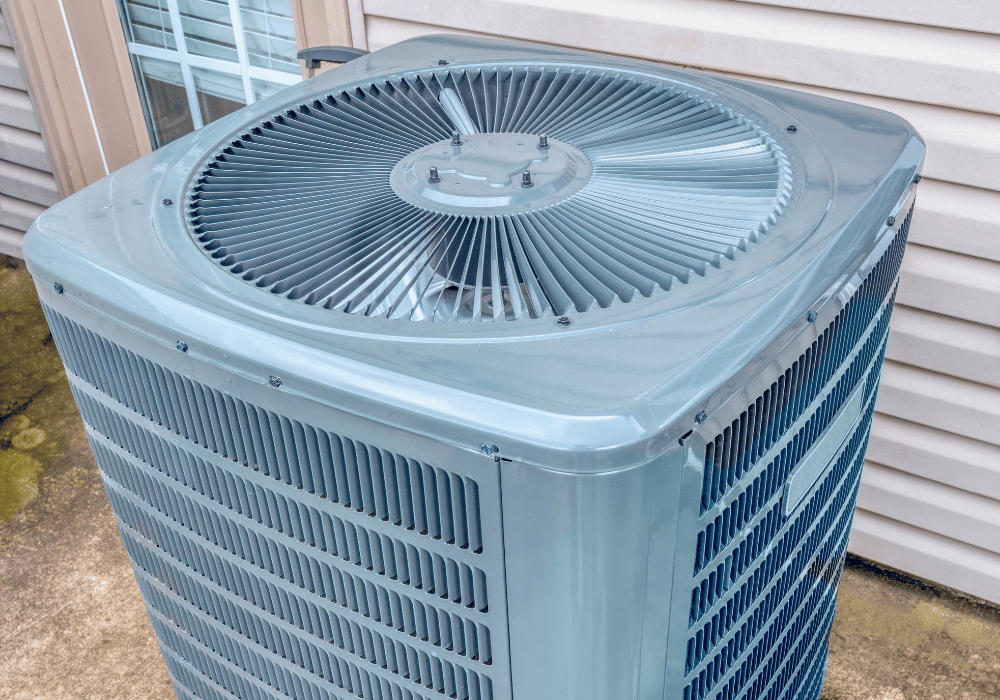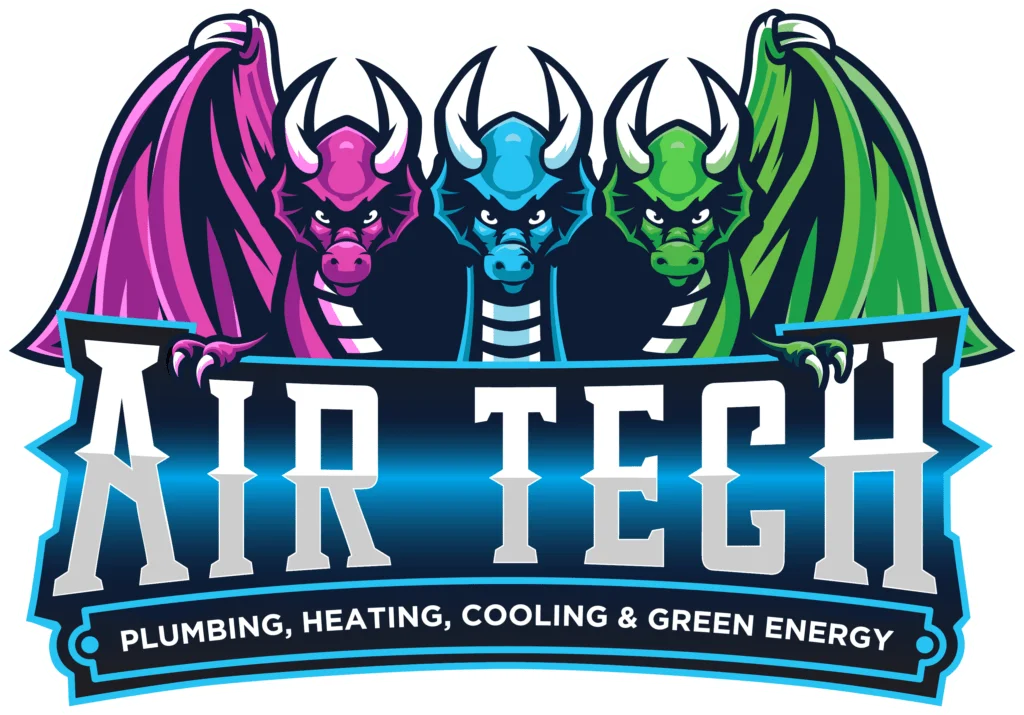As summer temperatures rise, air-conditioned rooms become very important. It’s our primary defense against the heat, providing a home where we can live comfortably. Have you ever considered how your air conditioner operates? Air conditioning involves more than simply blowing cool air into a space; it is a sophisticated process that encompasses physics, chemistry, and advanced engineering. In this post, we’ll explain how home cooling systems work.
The Basics of Air Conditioning
 At its core, air conditioning revolves around the principles of evaporation and condensation. It’s a continuous cycle designed to extract heat from your indoor environment and release it outdoors, leaving your space cooler as a result. The main components that play a starring role in this process are the evaporator, condenser, compressor, and expansion valve.
At its core, air conditioning revolves around the principles of evaporation and condensation. It’s a continuous cycle designed to extract heat from your indoor environment and release it outdoors, leaving your space cooler as a result. The main components that play a starring role in this process are the evaporator, condenser, compressor, and expansion valve.
The Cast of Components
- Evaporator: Located inside the house, the evaporator consists of coils that contain a refrigerant, a substance that easily transitions from a liquid to a gas. When warm indoor air blows over these coils, the refrigerant absorbs the heat and evaporates, significantly reducing the air temperature. This cool air is then circulated back into the room.
- Compressor: The now gaseous refrigerant is pumped outside to the compressor, usually located in the outdoor unit. The compressor does exactly what its name suggests – it compresses the refrigerant gas, increasing its pressure and temperature.
- Condenser: The hot, high-pressure gas moves into the condenser coils, where it comes into contact with outdoor air. This causes the refrigerant to release its absorbed heat and condense back into a liquid.
- Expansion Valve: Before the refrigerant returns to the evaporator coils, it passes through an expansion valve, which reduces its pressure and temperature, preparing it to absorb heat once again.
This cycle repeats itself, continually moving heat from inside your home to the outside, keeping you cool and comfortable.
The Science Behind Home Cooling
The effectiveness of air conditioning relies on the unique properties of the refrigerant. Refrigerants are chosen for their ability to change states at convenient temperatures. When they evaporate and absorb heat, they create a cooling effect, and when they condense, they release the absorbed heat.
Air conditioners also dehumidify the air as a by-product of their cooling process. When warm, humid air passes over the cold evaporator coils, moisture condenses on the coils and is subsequently drained away, which results in effectively reducing the humidity level.
Energy Efficiency and Innovation
Modern air conditioners are far more energy-efficient than their predecessors, thanks to advancements in technology and increased awareness of environmental concerns. Innovations such as variable speed compressors and smart thermostat integrations allow air conditioners to cool more effectively while using less electricity. Additionally, the move towards refrigerants with a lower environmental impact is helping to reduce the carbon footprint of air conditioning systems.
 Understanding how air conditioning works gives us a greater appreciation for this technology that plays such a vital role in our daily comfort. It’s a perfect example of how human ingenuity has harnessed the laws of physics to create a living environment that defies the harshness of nature. Whether you’re enduring a heatwave or simply enjoying a pleasantly cool room on a warm day, remember the remarkable science and engineering that make it all possible.
Understanding how air conditioning works gives us a greater appreciation for this technology that plays such a vital role in our daily comfort. It’s a perfect example of how human ingenuity has harnessed the laws of physics to create a living environment that defies the harshness of nature. Whether you’re enduring a heatwave or simply enjoying a pleasantly cool room on a warm day, remember the remarkable science and engineering that make it all possible.
As we continue to rely on air conditioning to keep our spaces comfortable, it’s also important to use these systems responsibly. Regular maintenance, sensible temperature settings, and investing in energy-efficient models can help minimize environmental impact while keeping us cool. Looking for air conditioner installation services in Vernon, Kelowna, West Kelowna, or areas nearby? Contact Air Tech Plumbing, Heating, Cooling & Green Energy now!


